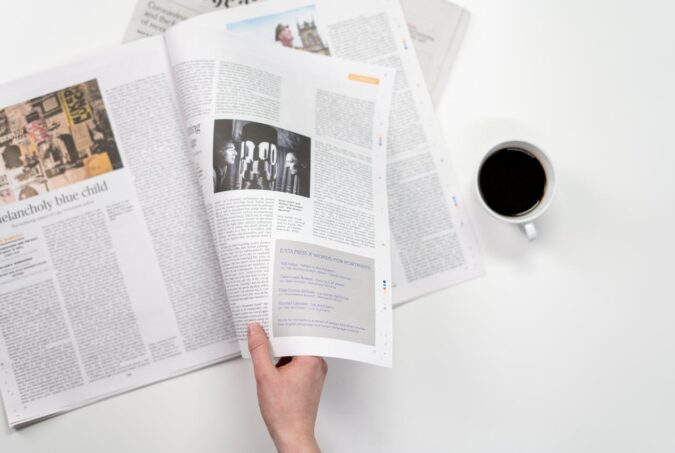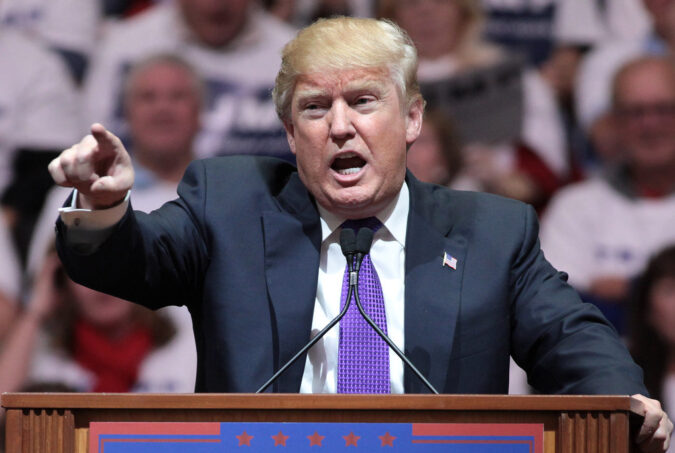Although they are often described as antiquated and change resistant institutions, Ministries of Foreign Affairs (MFAs) have proven to be innovative, utilizing new digital technologies towards the obtainment of traditional diplomatic goals. Since 2008, MFAs have launched digital Embassies in virtual worlds, migrated to social networking sites such as Facebook and Twitter (now X), created digital diplomacy departments tasked with training diplomats, employed big data and sentiment analysis to inform the policy formulation process and launched dedicated smartphone applications. In a recent study, published in Policy & Internet, Elad Segev and I sought to analyze Twitter networks of MFAs. Previous studies suggest that although MFAs operate numerous social media profiles, they are most active on Twitter. Through Twitter, diplomats can comment on world events in near-real time, narrate their state’s actions and justify state policies. Moreover, Twitter enables diplomats to interact with elite audiences including journalists, policy makers and other diplomatic institutions. Indeed, studies suggest that diplomatic institutions follow one another on Twitter and that diplomats view their peers’ Twitter profile as an important source of information. For instance, MFAs may follow peers to identify policy shifts, diplomatic priorities and state’s positions on events shaping the world. Few studies to date have mapped MFA networks on Twitter or tried to examine which factors contribute to the popularity, or centrality of MFAs in a Twitter network of their peers. It is possible that Twitter networks of MFAs mirror offline networks of diplomacy. In such an instance, one might expect that world powers would attract the most peers on Twitter. Yet it is also possible that Twitter networks differ from offline networks and that MFAs from peripheral states may attract more peers than world powers. In our study, we strove to both map MFA networks on Twitter and identify factors that contribute to the network centrality of an MFA among a network of its peers. To do so, we analyzed the Twitter network…
Through Twitter, diplomats can comment on world events in near-real time, narrate their state’s actions and justify state policies.










